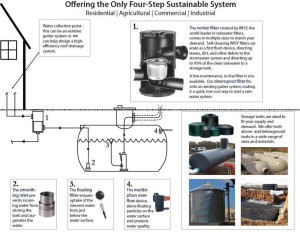 Earlier this year, we announced that we are a WISY product dealer.
Earlier this year, we announced that we are a WISY product dealer.
A rainwater system designed with WISY products requires minimal maintenance and never needs replacing. With the WISY 4 Step system, you’ll never clean a filter basket or a tank again. Ever.
The WISY 4 step system.
Step 1. WISY VORTEX FILTER
Before entering the tank for storage, rainwater should be both filtered and aerated. Filtration removes large particulate matter, which frequently both carries and feeds bacteria. Removal of this particulate matter, along with oxygenation of the water, greatly reduces the amount of harmful bacteria in the tank. WISY pre-tank filters accomplish both of these tasks, protecting the water quality in the tank.
Step 2. WISY SMOOTHING INLET
While filtration removes most of the sediment and bacteria before rainwater enters the tank, a small quantity will settle at the bottom of the tank. This biofilm layer is beneficial for the tank and may remove additional bacteria and metals from the water. The WISY smoothing inlet calms rainwater as it enters the storage tank to prevent the agitation of sediment at the rainwater inlet. The smoothing inlet also helps aerate harvested rainwater by directing water upward and outward, avoiding disruption of the beneficial biofilm layer and preserving water quality in the tank.
Step 3. WISY FLOATING FILTER
Since all harvested rainwater is filtered before entering the tank, the floating filter should never clog but will instead take water from just below the surface. Water at this depth is of the highest quality in the tank, because any particulate that enters the tank either floats on the surface or settles to the bottom. In RainBank designed systems, the floating filter acts more as an uptake point for the pump than a filter; thus, the floating filter should never require maintenance.
The floating filter consists of a polyethylene ball and stainless steel filter and is supplied with a standard 7 foot length of food-grade suction hose. The nozzle connections are available in 1 1/4″ and 2″ sizes.
Step 4. WISY OVERFLOW DEVICE
To prevent backup in the system during heavy rains, the storage tank should always include an overflow protection device. The WISY overflow device has a flapper valve, which allows water to overflow but protects water quality in the cistern with backflow prevention and vermin protection. The overflow device also contains an angled opening to provide skimming of small buoyant debris, such as pollen, on the water surface.
More to come: we will offer an online shopping cart for you to make your purchases. Contact us with questions about the WISY 4 Step System.

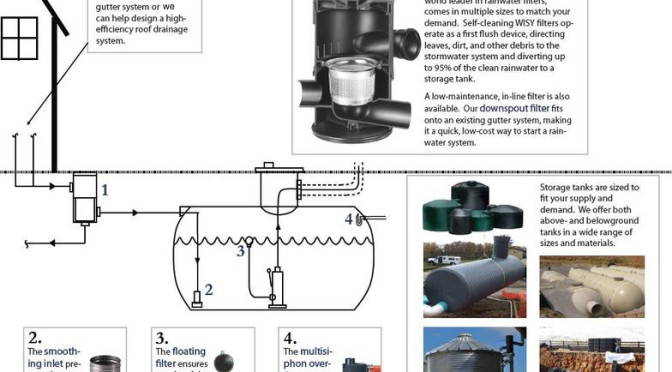
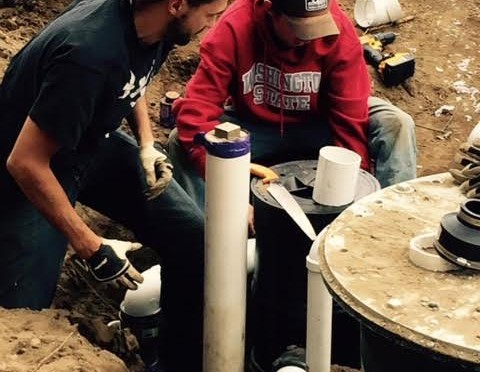
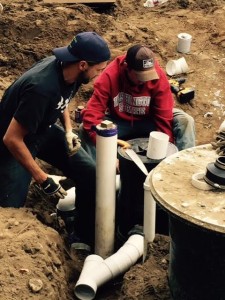 Rainwater collection systems can be a simple as rain barrels or as complicated as whole house potable usage. Still, proper installation is imperative.
Rainwater collection systems can be a simple as rain barrels or as complicated as whole house potable usage. Still, proper installation is imperative.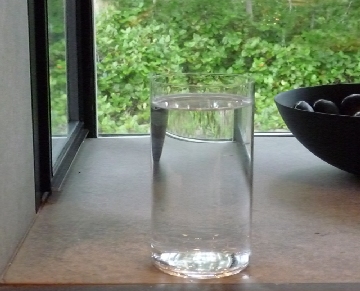
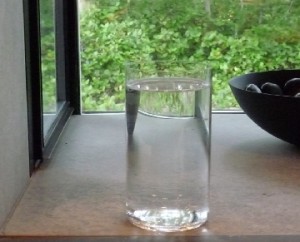 Although it is fairly clean at the outset, when it comes in contact with impure surfaces, rainwater may need some treatment before drinking. A rainwater collection system designed with filtration and disinfection will get the job done.
Although it is fairly clean at the outset, when it comes in contact with impure surfaces, rainwater may need some treatment before drinking. A rainwater collection system designed with filtration and disinfection will get the job done.